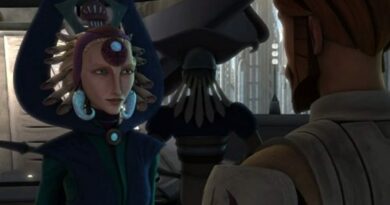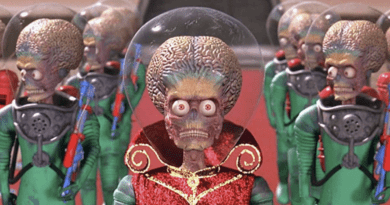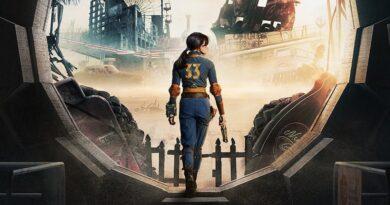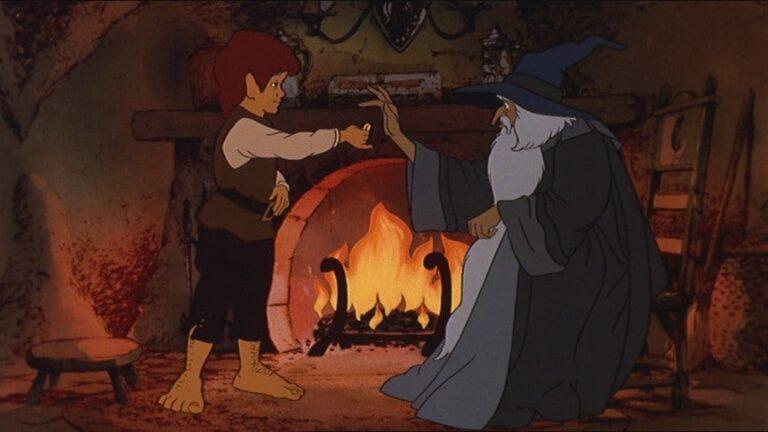
Ralph Bakshi’s ‘Lord of the Rings’ is a Bold and Ambitious Movie
Adapting The Lord of the Rings for the silver screen was always going to be a difficult task. A
colossal work over four hundred thousand words long, it was impossible to put it all into just one
movie, and for a long time, most filmmakers stayed away from it. Even J.R.R. Tolkien had his
doubts about it ever being adapted. New Zealand director Peter Jackson gave the three books
the blockbuster treatment in the early 2000s with his trilogy of movies which immediately
became a huge success around the world. While Jackson was the first filmmaker to adapt the
entire work for the screen, he wasn’t the first to bring the world of The Lord of the Rings to life
on film, that honor goes to American animator Ralph Bakshi, who tackled the project two
decades before in 1978.

Bakshi was a successful filmmaker, well known for his traditionally animated films which often
centered around adult-orientated stories, and had wanted to bring Tolkien’s magnum opus to
the big screen for a long time. His 1978 movie was an ambitious project, attempting to adapt
The Fellowship of the Ring together with a large part of The Two Towers, with the intention to
make a second movie to tie up the story. Sadly, the second film was never made, leaving only
the first part as a monument to the unfinished project.
Using animation allowed the filmmakers a greater freedom than they would have had with live-
action. Big budget fantasy movies were rare at the time, and trying to do Middle Earth justice
would have been massively expensive and complex. The style of animation used goes a long
way to creating a compelling look for Tolkien’s world, with locations such as Rivendell and The
Shire being well represented, and even going on to influence Peter Jackson when he made his
own adaption. Elements such as the look of the four hobbits were clearly a reference for
Jackson, with the scene of the four hobbits hiding from the Black Rider in the roots of a tree
being recreated in live-action.
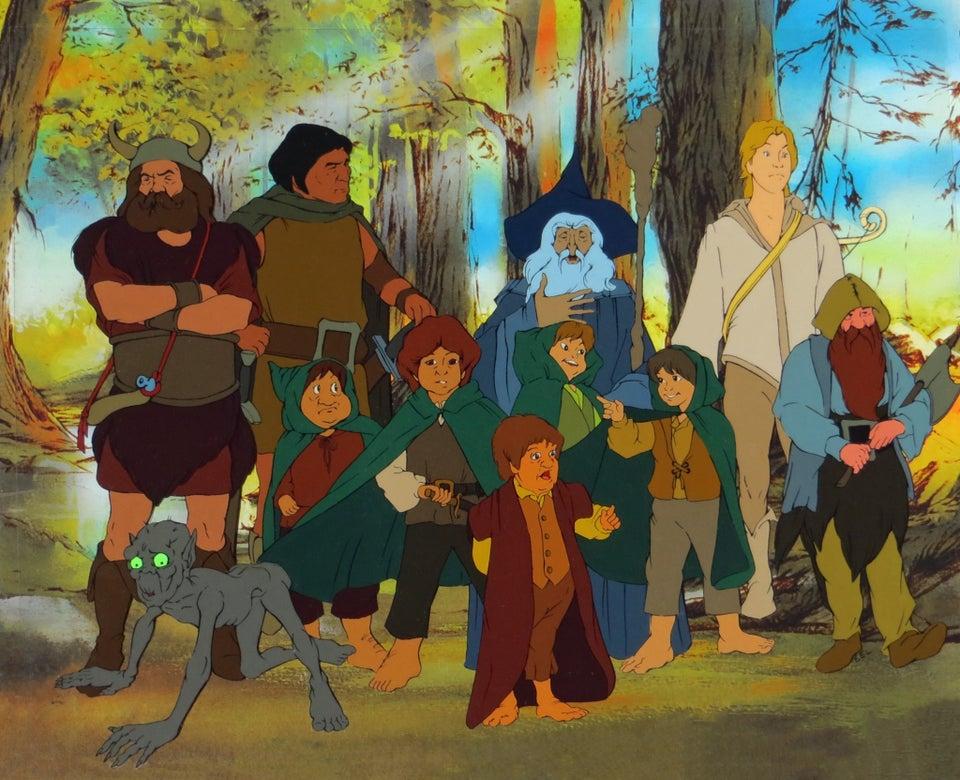
Bakshi also used the new technology of rotoscoping to help with the large scenes. This new
technique allowed for live-action performances to be captured and then translated into an
animated style to blend in with the rest of the movie. It was a key feature of the large battle of
Helm’s Deep at the end of the movie, where a large amount of the orcs and extras were actually
human actors who had been rotoscoped to allow for bigger fight scenes, saving the need to
animate hundreds of individual characters.
There are areas where the animation misses the mark, particularly in the design of some
characters. Sam Gamgee is made to look childish and silly in a “Disneyfied” way, while the
strange decision to give Grima Wormtongue a pencil mustache makes him look like an
American gangster from the ‘30s. This is a contrast to the strong design of others like Gandalf
and Frodo which could be said to be classic depictions of the characters as many see them.
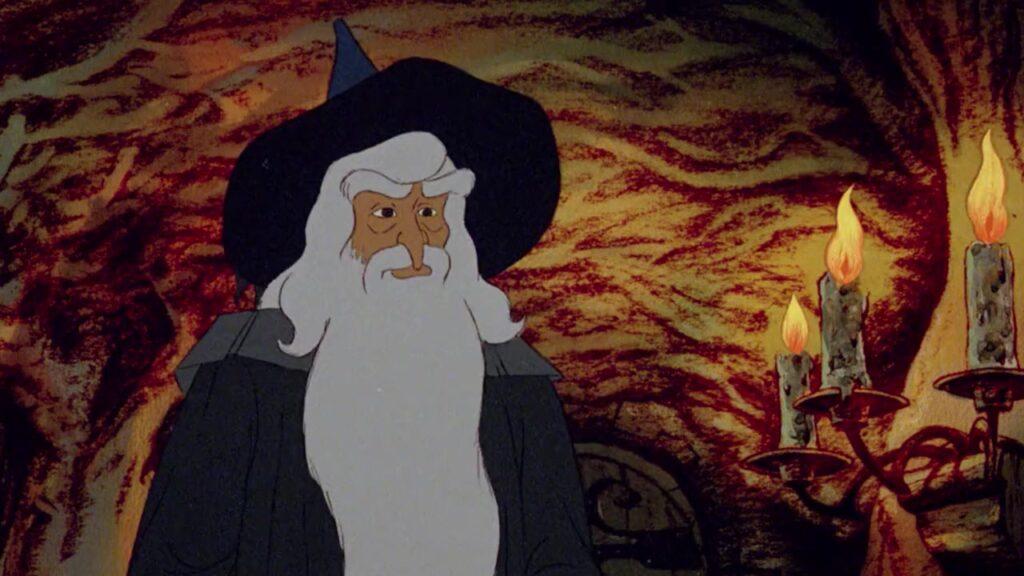
A sad thing about the movie is that it has to try and do too much in too little time. It has a
runtime of just over two hours, yet tries to fit in most of the first two books, from Bilbo’s 111th
birthday party to the siege of Helm’s Deep. It’s just too much to fit into such a short time. While
almost every scene in The Lord of the Rings has some impact on the story, it might have been a
better choice to try and cut some of them, as almost every chapter of the books get a mention,
however brief, such as the Council of Elrond and the Skirmish at Amon Hen. While it’s nice to
see such an attempt at faithfulness to the source material, most scenes only have a few minutes
of screentime as the movie has to be somewhere else as quickly as possible to fit everything in,
which can give a rushed and uneven feel to the film.

Despite the problems with the movie, they’re easy to overlook when you see just how ambitious
it was, and how many others tried and failed to make a film based on Tolkien’s work. Even when
Peter Jackson came to make his trilogy, it was filled with difficulties and took a great deal of
hard work to get the project off the ground. These movies might have overshadowed Ralph
Bakshi’s adaptation, but the 1978 film still stands as the first successful representation of The
Lord of the Rings to make it to cinema screens, and while it’s sad we never got to see what he
would have done with The Return of the King, the first part of his vision of Middle Earth is a
bold, stunning, and often beautiful piece of cinema art.

